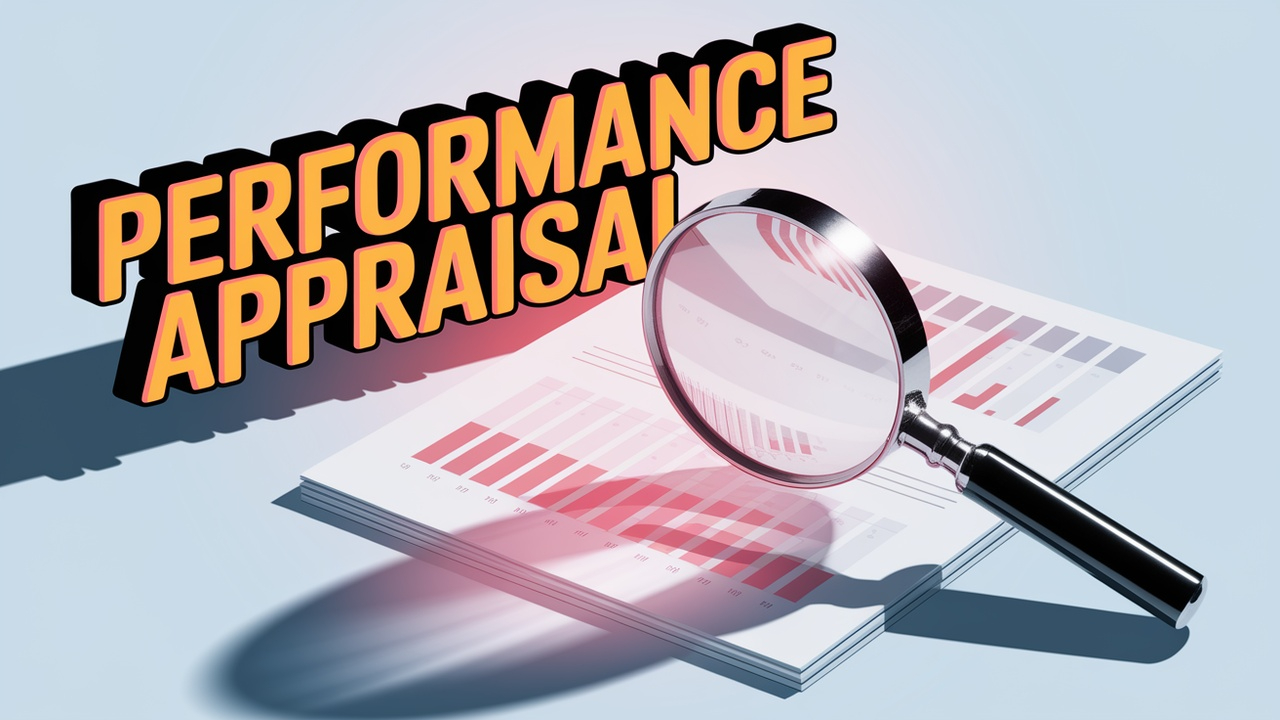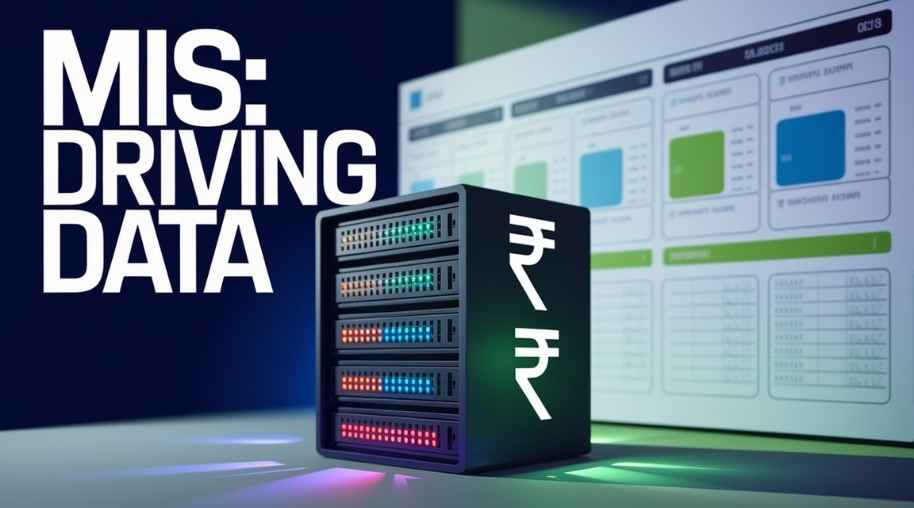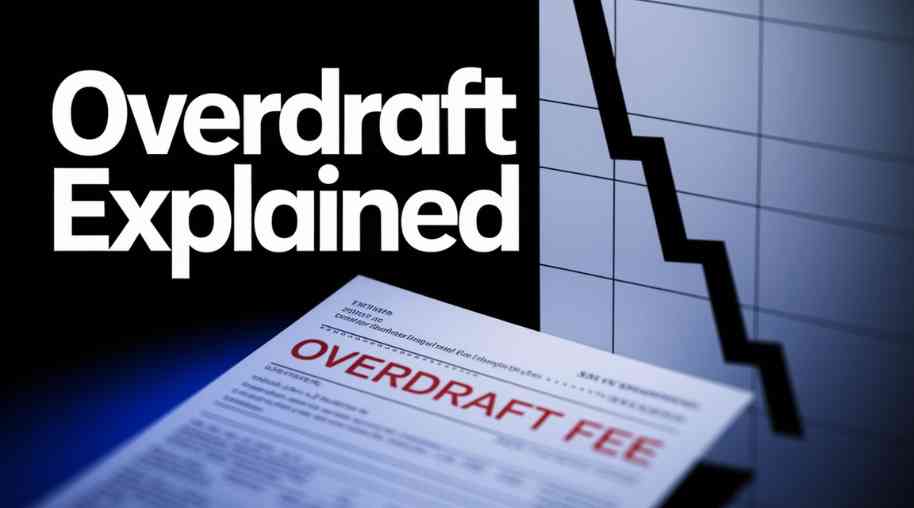PAS Full Form-Performance Appraisal System
by Shashi Gaherwar
0 1009
Performance Appraisal System: Importance, Methods, and Best Practices for Employee Growth
Introduction
A Performance Appraisal System is a structured process used by organizations to evaluate employee performance, provide feedback, and support career development. It plays a critical role in human resource management by ensuring that employees are recognized, rewarded, and guided toward achieving organizational goals.

This article explores the importance, objectives, types, methods, challenges, and best practices of performance appraisal systems.
What is a Performance Appraisal System?
A Performance Appraisal System is a formal assessment that organizations conduct periodically to review an employee’s job performance. The appraisal process involves measuring an individual’s contribution to the company, setting future goals, and identifying training needs.
It serves multiple purposes, including:
• Enhancing employee productivity and motivation.
• Identifying strengths and areas for improvement.
• Facilitating promotions, salary increments, and career development.
• Aligning individual performance with organizational objectives.
Objectives of a Performance Appraisal System
• Employee Development: Identify training needs and professional growth opportunities.
• Performance Evaluation: Measure work efficiency and achievements.
• Compensation Decisions: Determine salary hikes, bonuses, and incentives.
• Promotions and Transfers: Assist in identifying employees for career advancements.
• Feedback Mechanism: Provide constructive feedback to enhance skills and work output.
• Workforce Planning: Align employee performance with company goals.
Types of Performance Appraisal Systems
Organizations use various appraisal methods depending on their structure and objectives. The most common types include:
1. Traditional Performance Appraisal
• Based on annual performance reviews conducted by managers.
• Focuses on past achievements and areas of improvement.
2. 360-Degree Feedback
• Involves feedback from supervisors, peers, subordinates, and customers.
• Provides a well-rounded evaluation of an employee’s performance.
3. Self-Appraisal
• Employees assess their own performance, achievements, and challenges.
• Encourages self-reflection and personal growth.
4. Management by Objectives (MBO)
• Employees and managers set specific goals that align with business objectives.
• Performance is measured based on goal achievement.
5. Rating Scale Method
• Employees are evaluated on predetermined performance criteria.
• Uses numerical scales to rate work quality, teamwork, leadership, etc.
6. Behaviorally Anchored Rating Scale (BARS)
• Rates employees based on specific behavioral examples tied to job performance.
• Reduces bias by using standardized performance indicators.
7. Peer Review Appraisal
• Employees receive feedback from colleagues in the same work environment.
• Useful in team-based roles where collaboration is key.
Steps in the Performance Appraisal Process
1. Define Performance Criteria
a. Establish key performance indicators (KPIs) based on job roles.
2. Set Employee Goals and Expectations
a. Align individual goals with company objectives to ensure clarity.
3. Collect Performance Data
a. Use self-assessments, supervisor feedback, and peer reviews for evaluation.
4. Evaluate Employee Performance
a. Compare actual performance with expected performance.
5. Provide Constructive Feedback
a. Discuss strengths, weaknesses, and areas for improvement with employees.
6. Develop an Action Plan
a. Create training and development programs for employee growth.
7. Decision Making
a. Use the appraisal results for promotions, salary revisions, and recognition.
Challenges in Performance Appraisal Systems
Despite its advantages, performance appraisal systems face certain challenges:
1. Bias and Subjectivity
a. Personal biases from managers can affect fair evaluations.
2. Lack of Clear Objectives
a. Without proper goal-setting, appraisals may become inconsistent.
3. Employee Resistance
a. Employees may feel anxious or dissatisfied with feedback.
4. Infrequent Reviews
a. Annual appraisals may not reflect real-time performance improvements.
5. Time-Consuming Process
a. Managers need to dedicate significant time to conducting fair evaluations.
Best Practices for an Effective Performance Appraisal System
To maximize the benefits of performance appraisals, organizations should implement best practices such as:
1. Set Clear and Measurable Goals
• Establish specific performance metrics to ensure objective assessments.
2. Conduct Regular Reviews
• Move towards quarterly or real-time feedback systems instead of annual reviews.
3. Ensure Transparency in the Process
• Employees should understand how their performance is measured.
4. Provide Constructive Feedback
• Focus on actionable insights rather than criticism to encourage improvement.
5. Use Multiple Evaluation Sources
• Incorporate 360-degree feedback and peer reviews for a balanced perspective.
6. Align Appraisals with Training Programs
• Connect feedback with professional development plans for continuous learning.
7. Leverage Technology
• Use HR software and performance management tools to streamline evaluations.
Importance of a Performance Appraisal System in Organizations
1. Boosts Employee Motivation
• Recognition and rewards encourage employees to perform better.
2. Improves Productivity
• Employees who receive constructive feedback tend to be more engaged and productive.
3. Aids in Career Growth
• Helps employees understand career advancement opportunities and necessary skill development.
4. Enhances Organizational Success
• A well-structured appraisal system contributes to overall company growth and efficiency.
5. Supports Strategic Decision-Making
• Performance data assists in workforce planning, promotions, and salary increments.
A Performance Appraisal System is an essential component of human resource management that ensures employees are evaluated fairly and encouraged to grow. By implementing effective appraisal methods, organizations can enhance employee performance, improve motivation, and achieve business objectives. With the integration of technology, regular feedback, and transparent evaluation processes, performance appraisals can become a powerful tool for organizational success.

Share:








Comments
Waiting for your comments